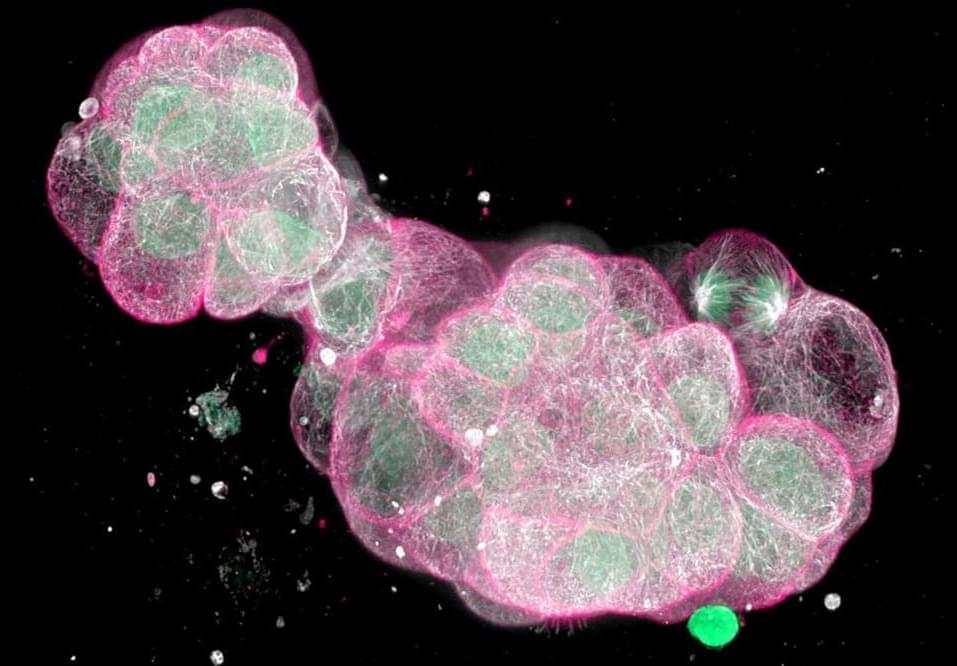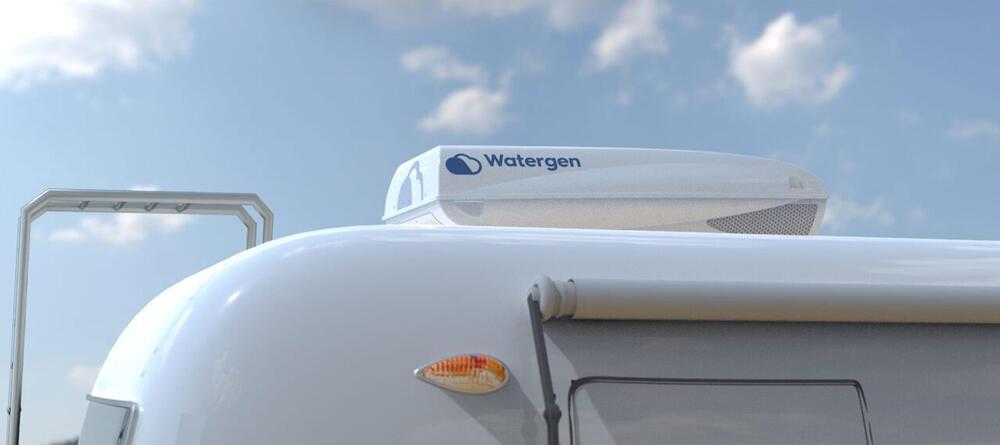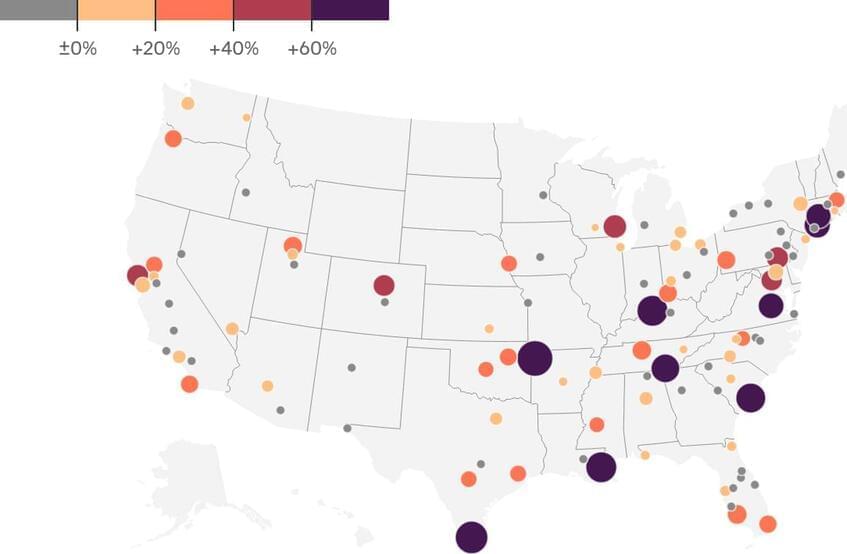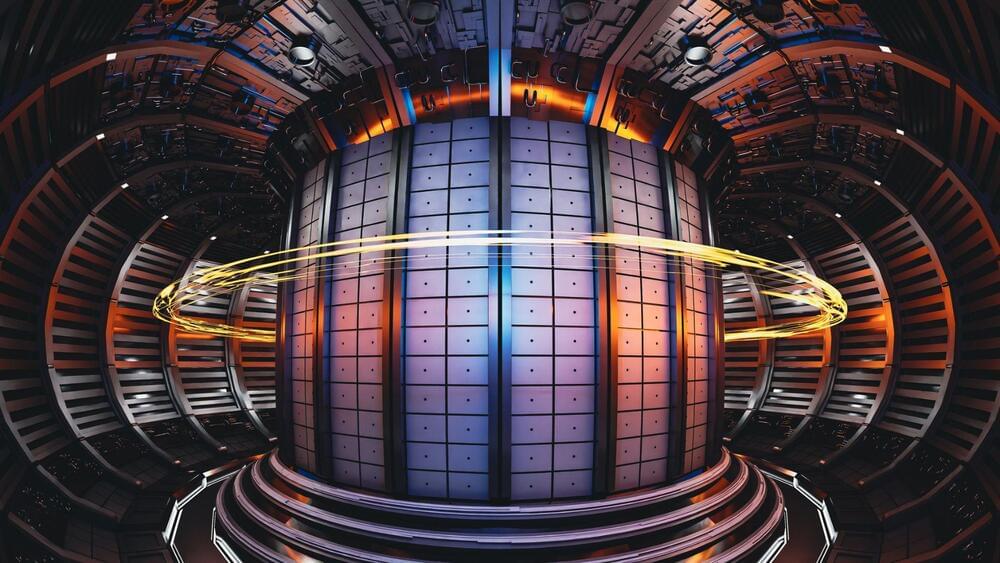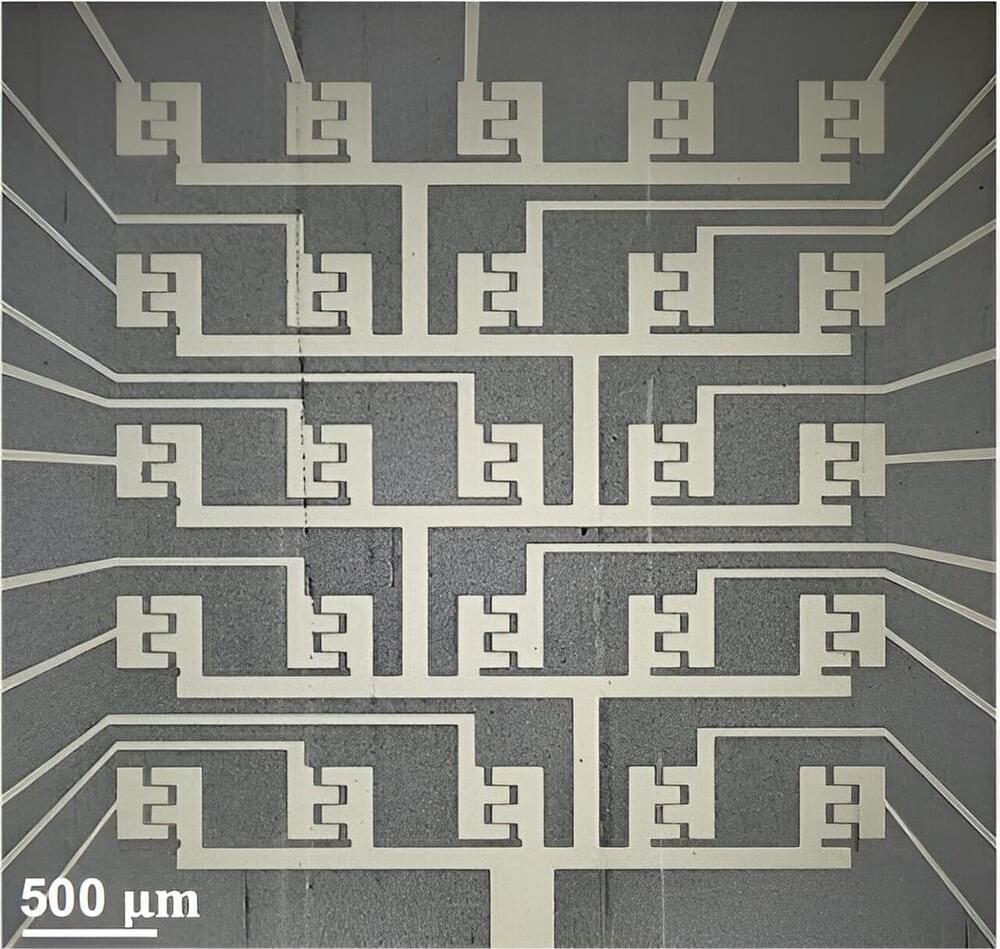The next innovation in cancer treatment could be to test all possible drugs on thousands of miniature versions of a person’s tumour, grown in the lab, to see which works the best. The technique, sometimes called drug sensitivity testing, may have already helped a few children with advanced cancer live for longer than the standard approach.
It could eventually become routinely used for everyone with cancer, says Diana Azzam at Florida International University in Miami. “I would say it will help guide treatments in any [cancer], whether it’s aggressive or not.”
